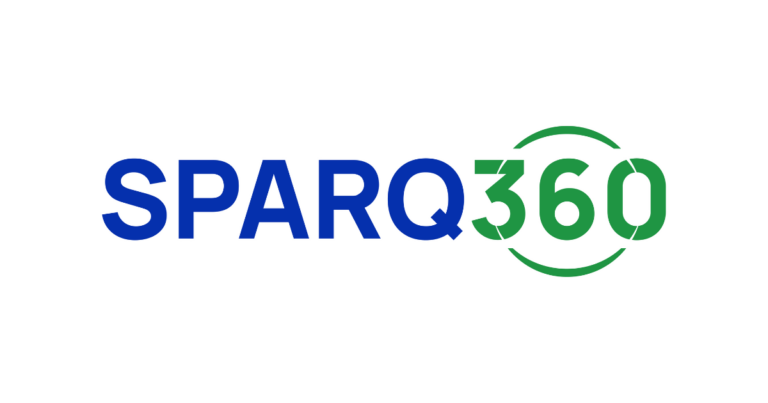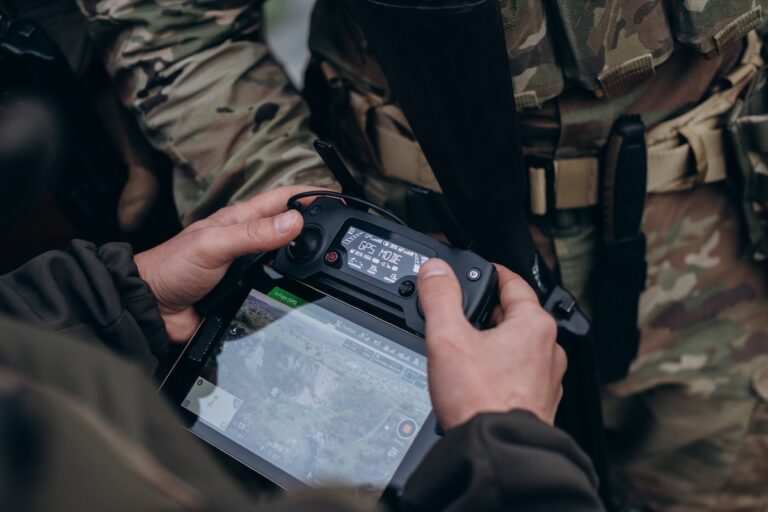LEAN Warehousing That Actually Works: Fixing Distribution Through On-the-Ground Execution
LEAN has been around for decades—but in warehousing and distribution, it’s rarely implemented in a way that drives real change. It’s often packaged as training sessions, slide decks, or internal initiatives that lose momentum as soon as daily operations resume. At SPARQ360, we don’t approach LEAN as a theory. We implement it as a practical, structured way to solve persistent operational problems—and we do it shoulder to shoulder with your floor team.
Our focus is on execution. We help warehousing and distribution operations improve flow, reclaim space, stabilize labor, and increase throughput—without waiting for capital projects or new software. This is how we deliver LEAN where it actually counts: on the warehouse floor.
Mapping What’s Really Happening on the Floor
Every operation has a process map, but most don’t reflect the current state. Warehouse conditions change quickly—order profiles evolve, layouts shift, labor rotates—and documentation often lags behind. When SPARQ360 begins an engagement, we start with a current-state analysis built through direct observation.
Our team works on-site with operations leaders and frontline staff to document how material moves through the facility, where delays occur, and which steps add no value. This isn’t about generating a report—it’s about building a clear picture of the reality so we can act with precision.
Tool: Current-State Value Stream Mapping, grounded in real-time operations and built collaboratively with your team.
Eliminating Waste by Redesigning the Flow
In underperforming DCs, flow is almost always the constraint. Misaligned pick paths, staging congestion, unnecessary material movement, and inefficient replenishment practices are all common sources of waste. LEAN provides the structure to correct these issues without overhauling the facility.
We work with teams to identify and remove non-value-added movement, streamline replenishment, improve slotting logic, and redesign pick-pack stations to support current throughput demands. These aren’t abstract changes. They are physical, operational improvements that reduce delay, rework, and fatigue while increasing overall output.
Tool: Flow Redesign and Layout Optimization, based on movement data, volume trends, and product velocity.
Applying 5S Where It Supports Speed, Accuracy, and Safety
5S has value when it’s used intentionally—not as a blanket program, but as a tool to improve the performance of key zones. Our approach is to implement 5S in targeted areas where disorganization leads to mistakes, product damage, or lost time. This may include inbound receiving, high-turn pick zones, or staging areas where bottlenecks occur.
We work directly with teams to define what “clean and ready” looks like for each space, create simple visual standards, and establish ownership at the zone level. When done right, 5S reduces error rates, increases picking speed, and improves working conditions.
Tool: Targeted 5S Implementation, driven by operational priorities and executed with the involvement of local staff.
Empowering Operators to Lead Improvement
The people closest to the work usually have the best ideas for improving it. SPARQ360 engages operators, team leads, and supervisors directly during every LEAN deployment. Rather than imposing top-down solutions, we identify constraints and co-develop fixes with those running the day-to-day operation.
This hands-on, collaborative method creates buy-in and improves solution quality. Whether the fix involves repurposing underutilized space or adjusting task sequencing to remove unnecessary motion, the result is a more efficient operation shaped by the people who know it best.
Tool: Structured LEAN Workshops, built into normal operations and focused on solving high-impact problems.
Creating Ownership Through Visual Accountability
Sustaining LEAN improvements requires visible performance expectations and a culture of accountability. SPARQ360 helps clients implement tiered management routines, visual boards, and clear role-based ownership to ensure improvements hold.
This includes defining key performance indicators by zone or shift, creating short, focused huddles that reinforce metrics and expectations, and establishing escalation paths when performance falls short. These tools keep the team aligned and give managers the structure needed to support continuous improvement.
Tool: Tiered Visual Management, aligned with operational goals and integrated into daily workflows.
LEAN Works When It’s Grounded in Execution
We don’t lead with LEAN theory. We lead with action. At SPARQ360, we bring the structure of LEAN directly to the distribution floor, using it to solve specific layout, flow, labor, and quality issues that impact performance every day. The goal isn’t to complete a program—it’s to get measurable results.
When applied the right way, LEAN creates more productive teams, clearer workflows, and better use of space and labor—especially in facilities that are being asked to do more with what they already have. That’s the kind of change worth investing in.






